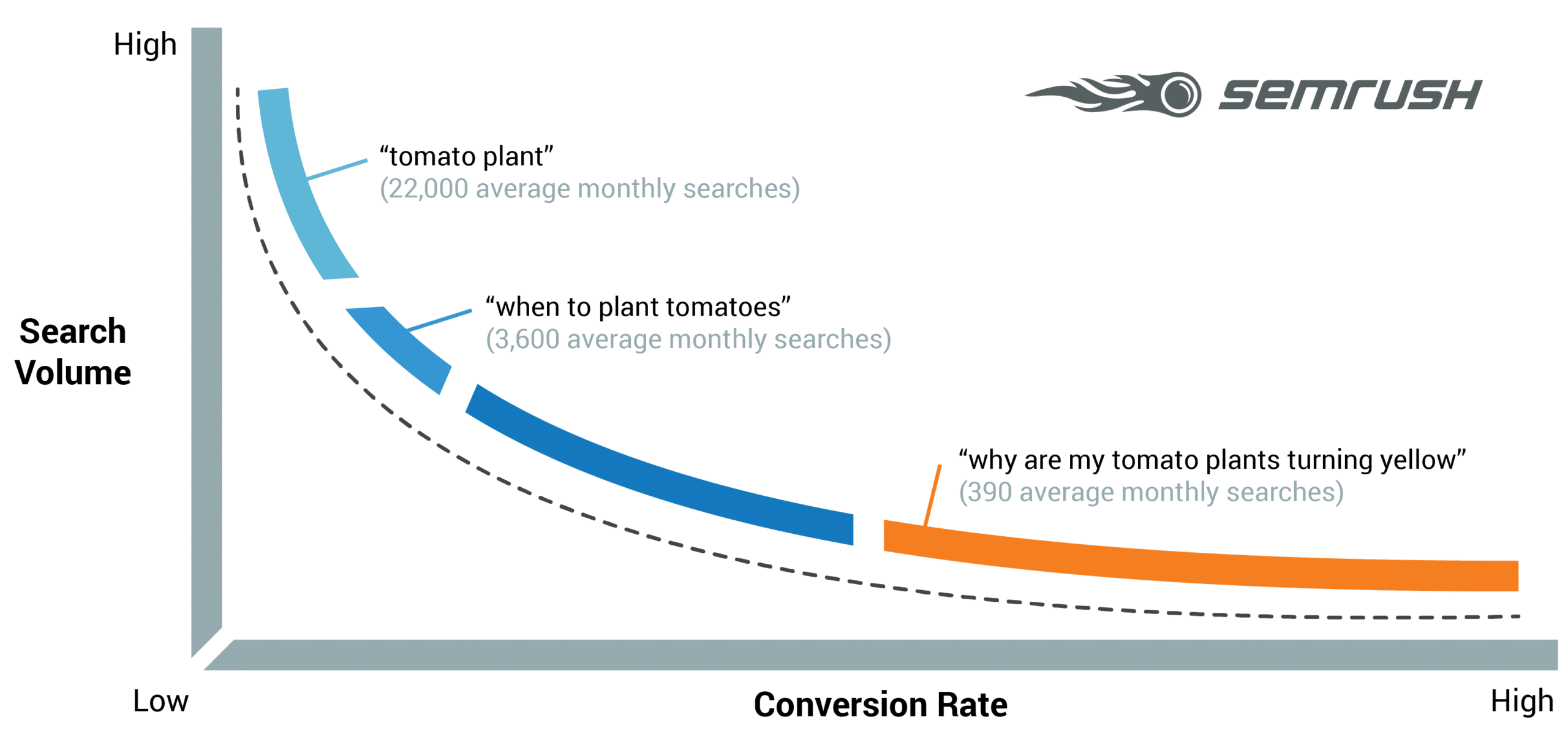Maintaining an up-to-date website is essential to your search engine optimization strategies. Although many companies see search engine optimization (SEO) as a one-time responsibility, it really requires ongoing maintenance in the form of fresh content creation and tweaks to remain competitive.
Contents
1. Use Long-Tail Keywords
The use of long-tail keywords allows for more precise targeting. Since long-tail keyword searches tend to provide better results for a given investment, it’s in your best interest to rank well for them, make it simple to locate them, and allocate sufficient resources to them.
Additionally, long-tail keywords have lower levels of competition than either broad or short-tail alternatives. Until the competition in your field dies down and stops maintaining their online presence as authority sites as well as thought gurus in their respective niches, this tactic may not be successful.
2. Leverage Social Media
Using social media to boost website traffic is a common and efficient strategy. In fact, as reported by HubSpot, 93% of entrepreneurs recognize the value of social media for their companies.
Engaging with individuals on social media is crucial, but so is sharing your material on a regular basis and making use of hashtags to expose it to a wider readership and increase awareness of your brand or topic. Social media may also be used as a customer support tool, which will increase the likelihood that consumers will return to your site or utilize your offerings in the future.
3. Go an Extra Mile
There are two primary formats for publishing content online: long-form and short-form. Anything more than 1500 words is considered long-form material, whereas shorter pieces are considered short. The range of possible lengths is, of course, far wider than just those two figures, but for the sake of clarity, we’ll stick to those two. Google likes longer ones since they can offer consumers more knowledge about what they’re browsing for, and it recognizes that individuals favor longer web pages when searching for goods and services online, so it gives them a higher ranking.
4. Use High-Quality Images
It’s a well-known truth that visual content attracts greater attention and gets more shares. It seems to reason that you’d want to use only high-quality photographs when trying to convey your content’s subject matter to browsers. But there’s more: studies have shown that sharing high-quality photographs on social media like Facebook and Twitter may increase interaction by as much as 700%. This is because when individuals come upon a stunning photo or clip, they’re more likely to spread the word so that everyone else around the globe can appreciate it, too.
5. CTAs
The key to writing effective calls to action is making them prominent, simple to locate, and pertinent to the content around them. This “visibility” refers to how noticeable your call to action is on your page. Technically, this involves ensuring that your call to action sticks out from the surrounding context by utilizing different shades. In the same vein, the text should not be too tiny or too densely packed so that readers can easily make out the links they need to click on.





